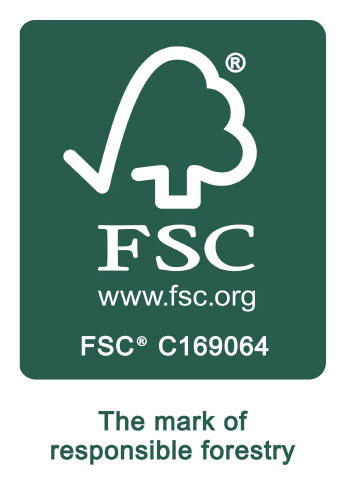According to the British Beauty Council, sustainable packaging for beauty products is a challenge that has yet to be fully addressed. Most brands have made moves away from excessive packaging layers and single-use plastic, but much greater steps are needed. What is the answer?
Is Beauty Packaging Sustainable?
The British Beauty Council surveyed 23,000 beauty shoppers and found that 48% wanted more information about the environmental impact of their purchases. They all had their favourite brands but were often unclear about their green credentials. They wanted products that felt great on their skin but were also ethical. It’s clear that by embracing and embedding sustainability, brands can retain and win over customers.
Unfortunately, the Council identified that only 14% of beauty packaging makes it to recycling plants and only 9% is recycled. This is backed up by evidence from the Ellen MacArthur Foundation, which also identified that bottle caps, pumps and compacts require special processes to be recycled that are unlikely to occur.
The result is a lot of packaging ending up in landfill, The University of Connecticut has calculated that 120 billion units of beauty packaging waste items are created every year.
On a positive note, many in the industry have signed up for the Plastic Pact. This is a commitment to use only 100% recyclable packaging by 2025. It’s a great start, however, it is important to use packaging materials that are widely recycled through kerbside collections. This means glass, paper, aluminium or cardboard packaging.
To help shoppers make the right choices, they need to see clear evidence of sustainability on the packaging. Rather than unsubstantiated claims of being green, they need globally recognised standards including the Plastic Free icon or FSC® symbol on paper and cardboard packaging.
What Is Being Done to Reduce Beauty Packaging Waste?
The biggest shift is seen in refillable and returnable packaging. Many brands have developed packaging that can be reused, either by the customer or by them. If all packaging was designed to be reused at least three times, the volume of waste would be instantly cut by a third.
Small, independent beauty brands are launching with sustainability as a core credential. From the outset, they are opting for ethically sourced ingredients, processes and packaging. At this point, we’d like to showcase three of our customers, By Earthly, Leonie Botanics and Dcypher. All of these brands have developed products that are naturally great for the skin and the planet. As an FSC® certified packaging supplier, we can help them evidence supply chain sustainability.
Are there Industry Guidelines for Sustainable Packaging?
Industry guidelines are also helping steer brands in the right direction. These include the Credo Sustainable Packaging Guidelines, which all of their 130+ partner brands had to comply with. In 2021, this ensured the removal of all single-use plastic packaging, which included sample packs and sheet masks. The focus is now on packaging lifecycles and by 2024, all petroleum-based packaging has to contain a minimum of 50% recycled content.
The British Beauty Council has produced the Planet Positive Beauty Guide. This document covers ingredients, packaging, people and sustainable sourcing. It is accessible to both brands and customers, helping both to make better decisions.
Face the Future
Far fewer beauty brands are using excessive packaging to sell their products, however, many steps still need to be taken as they face the future. Looking good and feeling confident is important to our well-being, however, this can’t be at the expense of destroying the world’s natural beauty with landfill. It’s time to fully embrace reduce, reuse and recycle.

